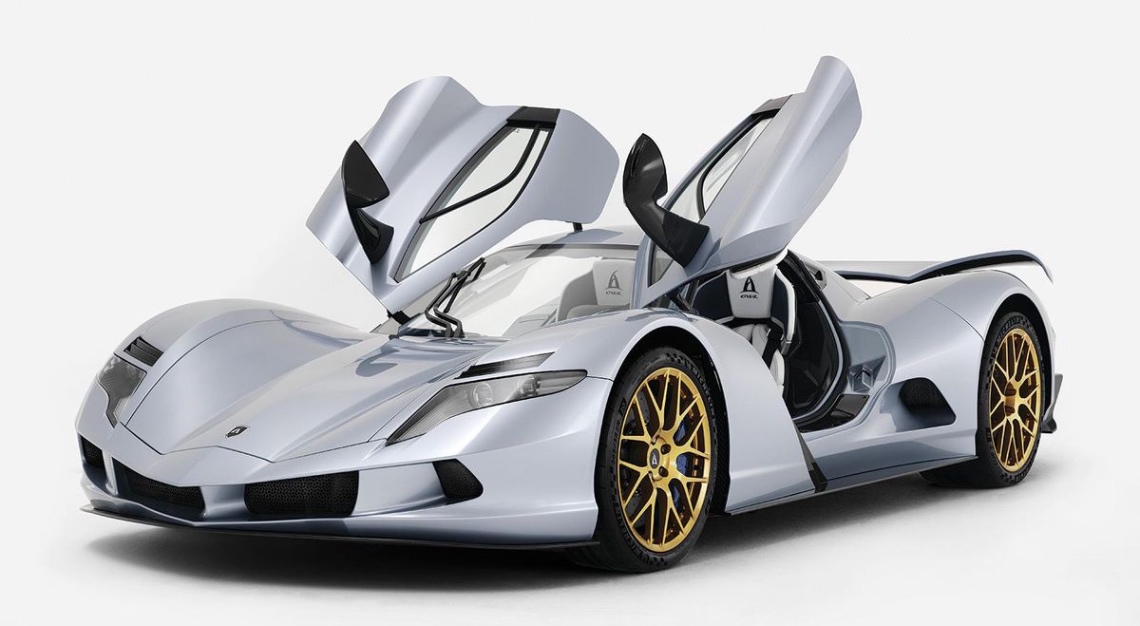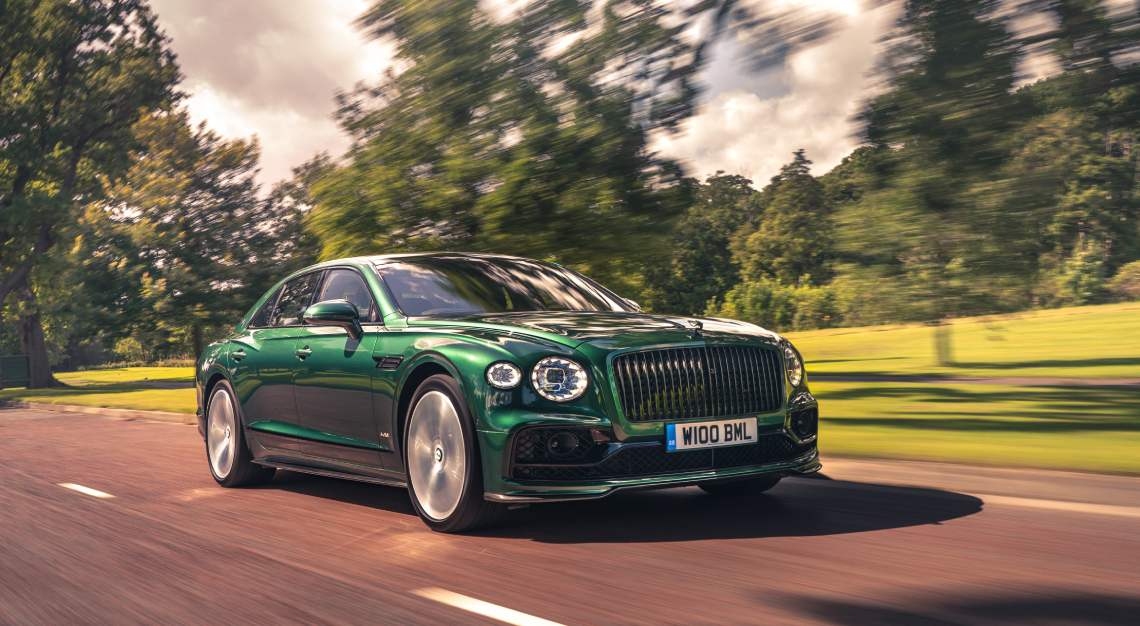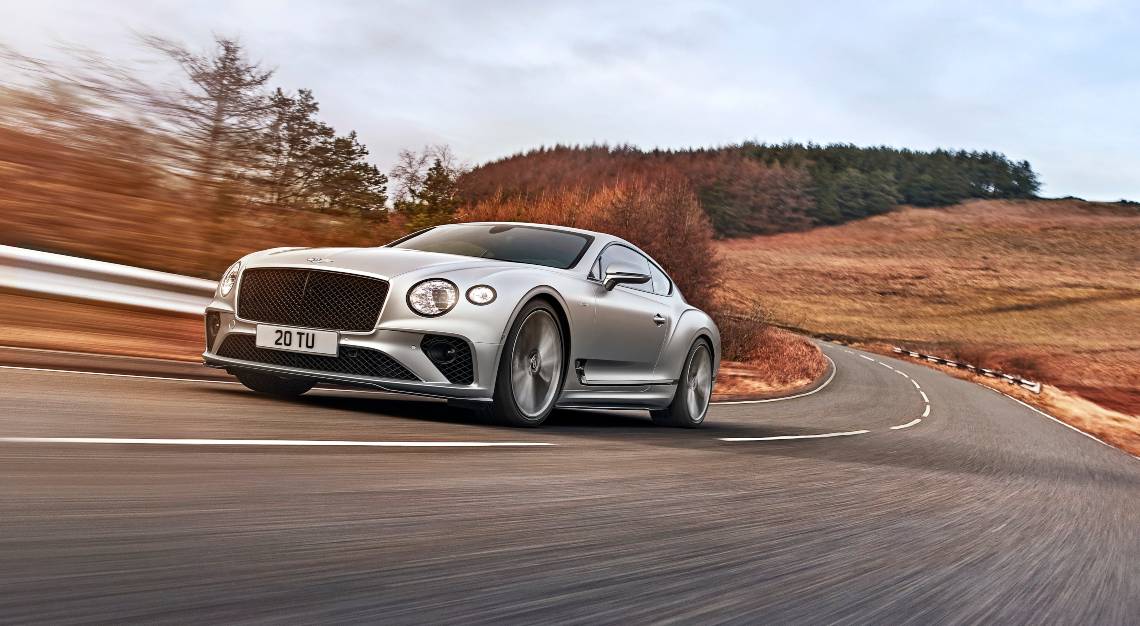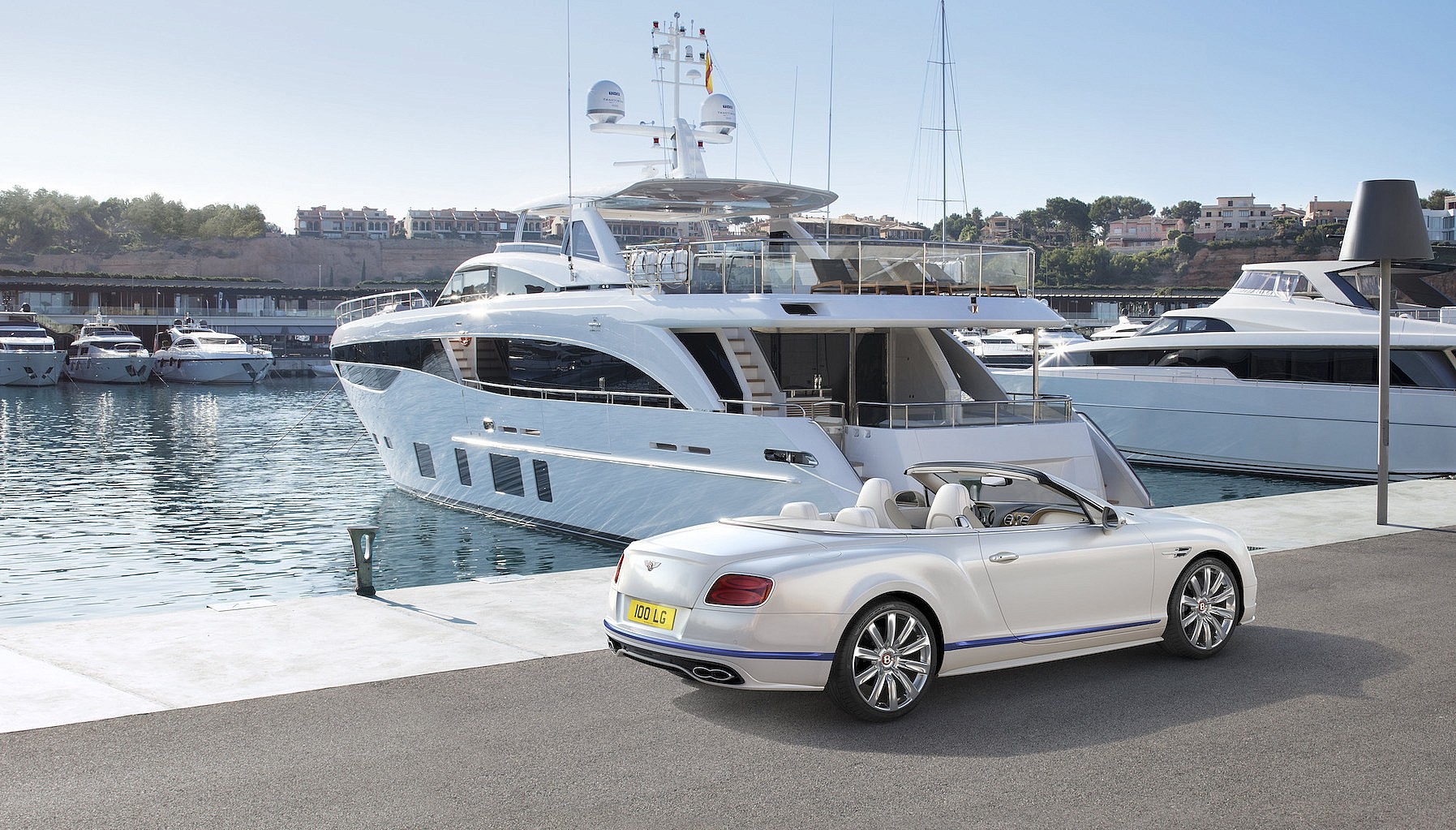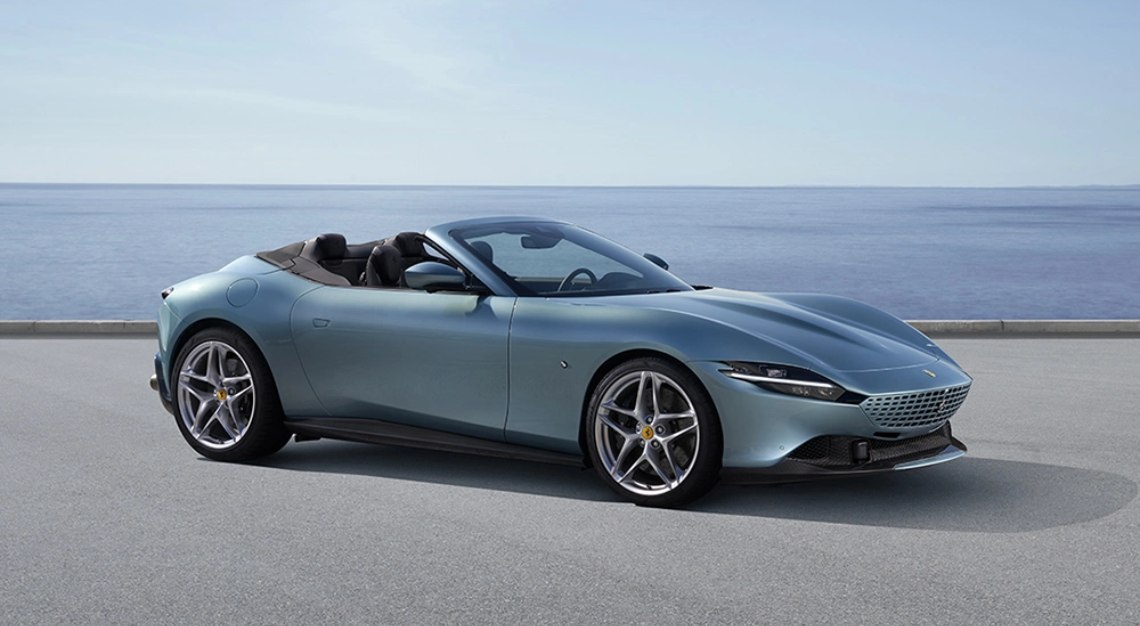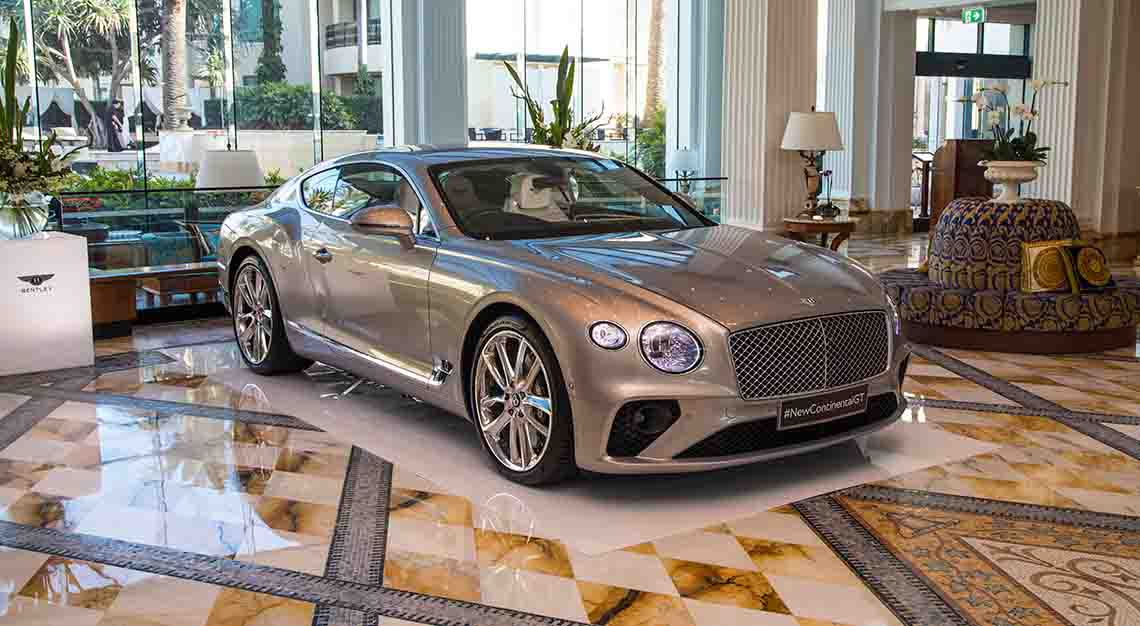Between now and 2025, dozens of all-electric coupes, sedans, SUVs and hypercars will hit the market. Here are 22 we can’t wait to see
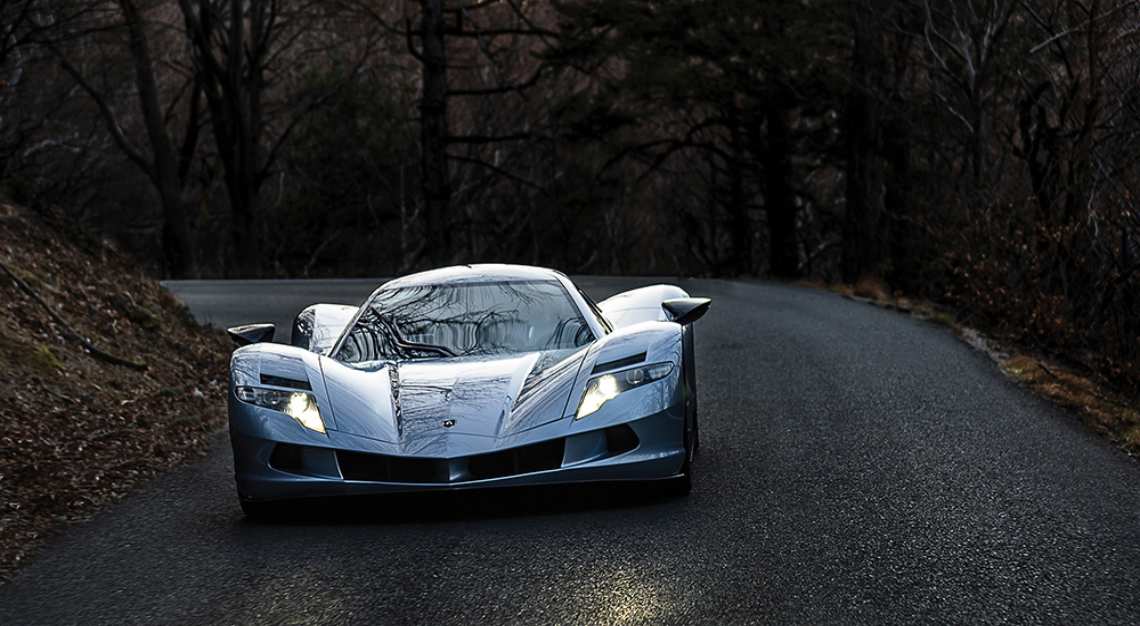
Aspark Owl (2021)
Japanese carmakers may not be known for their hypercars, but that doesn’t make the Aspark Owl any less exciting. We’re still waiting on the futuristic hypercar nearly four years after it was first announced at the Frankfurt Autoshow, but if Aspark really can deliver what it’s promised, it’ll be more than worth it. According to the brand, its next-generation speed machine is really coming this year, bringing with it a quad-motor powertrain capable of delivering a staggering 1,985 hp, the ability to rocket from zero to 100 km/hr in 1.72 seconds, a top speed of 400 km/hr and a 450km driving range. The company plans to make only 50 examples of the US$4.75 million (S$6.39 million) electric hypercar, so you’ll have to act fast to get yours.

Audi e-tron GT (2021)
The Volkswagen Group had made very clear over the last few years that it’s focused on electrification. This is true of all its brands, including luxury marque Audi. Like its German peers, BMW and Mercedes-Benz, the brand has already launched a dedicated battery-powered line, called e-tron. The first vehicle, an SUV, arrived in 2018, but this summer will see the arrival of the company’s most exciting EV, the e-tron GT. The US$130,000 (S$175,016) grand tourer will feature everything enthusiasts have come to expect of the beloved A7 sedan – only without the emissions. And if the EV’s 469 horses and 629Nm of twist aren’t enough for you, don’t worry, because an RS variant is on the way.
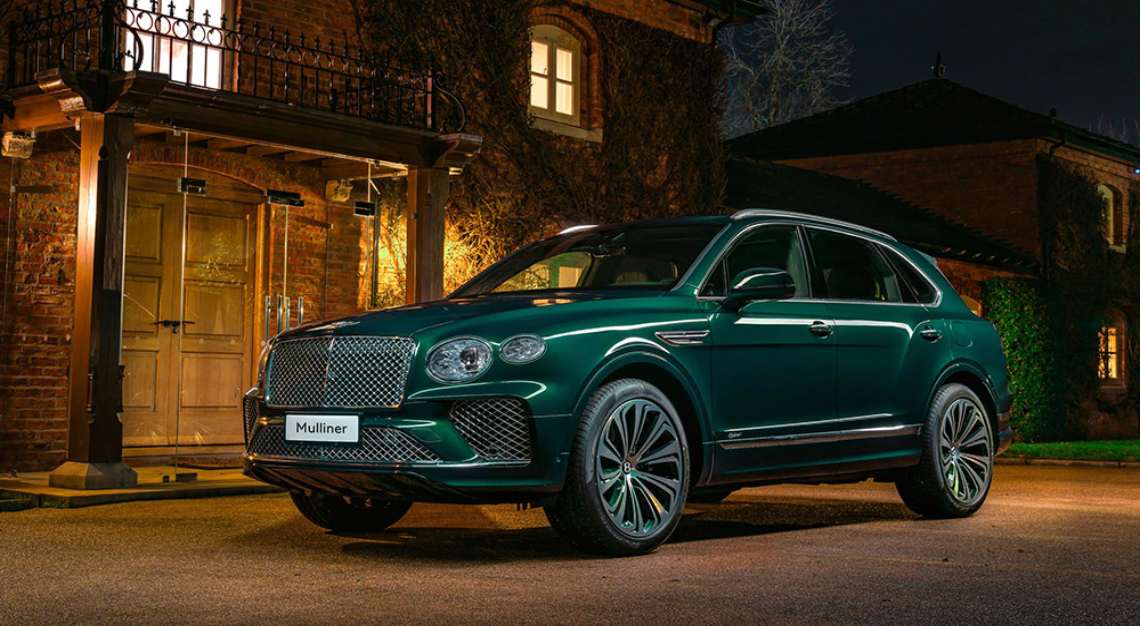
Bentley Electric SUV (2025)
Details are still scarce, but Volkswagen Group’s most luxurious brand, Bentley, will be getting an EV of its very own before the midway point of the decade. This isn’t just some vague promise, either, but a pledge from none other than the marque’s CEO, Adrian Hallmark. In the spring of 2021, the exec promised there would be a battery-powered Bentley ready to go by 2025. It still remains to be seen whether that vehicle will be completely new or based on a pre-existing model, but don’t be a surprised if it’s an SUV like the incredibly popular Bentayga, which already has its own hybrid variant (pictured above). As Hallmark said, “If you’re not in SUVs, you’re nowhere.”
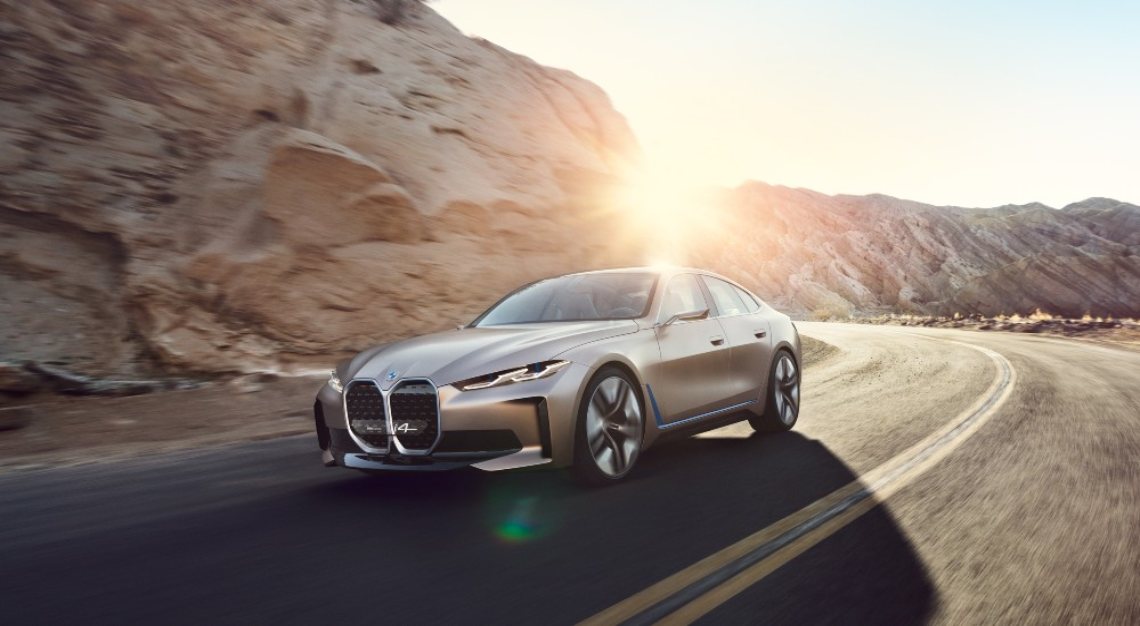
BMW i4 (2021)
BMW’s history with electric vehicles goes back further than most automakers. In addition to a slew of hybrids, the company released two fully electric vehicles last decade – the ultra-compact i3 and sporty i8. It’s taking things to a new level with its new i-Series models, though. The line will include battery-powered versions of some of the brand’s most poplar models, including the X crossover and, most notably, a 4-Series sedan. The i4, which will be the line’s flagship, delivers 530 hp, 483 kilometres of range and the M4’s massive kidney grilles. As of writing, prices were not available, but the exciting EV is expected to go into production later this year.

Bollinger B1 and B2 (2022)
Back before the new Hummer was announced, the Bollinger EV seemed like the perfect option for those looking for a hulking, battery-powered utility vehicle. But just because a legit Hummer EV is on the way doesn’t make the start-up’s debut offering any less intriguing. Available as either a spacious SUV (the B1) or a boxy truck (the B2) with an extended bed, the company’s EV is perfect for those looking for a zero-emission vehicle with a striking, retro looks. Its numbers sound pretty good, too, as Bollinger expects its electric powertrain to produce 614 hp and 906Nm of torque, with a serviceable range of 320 kilometres per charge. A firm release date has yet to be announced, but the company is taking reservations for the US$167,000 (S$224,829) EV now.
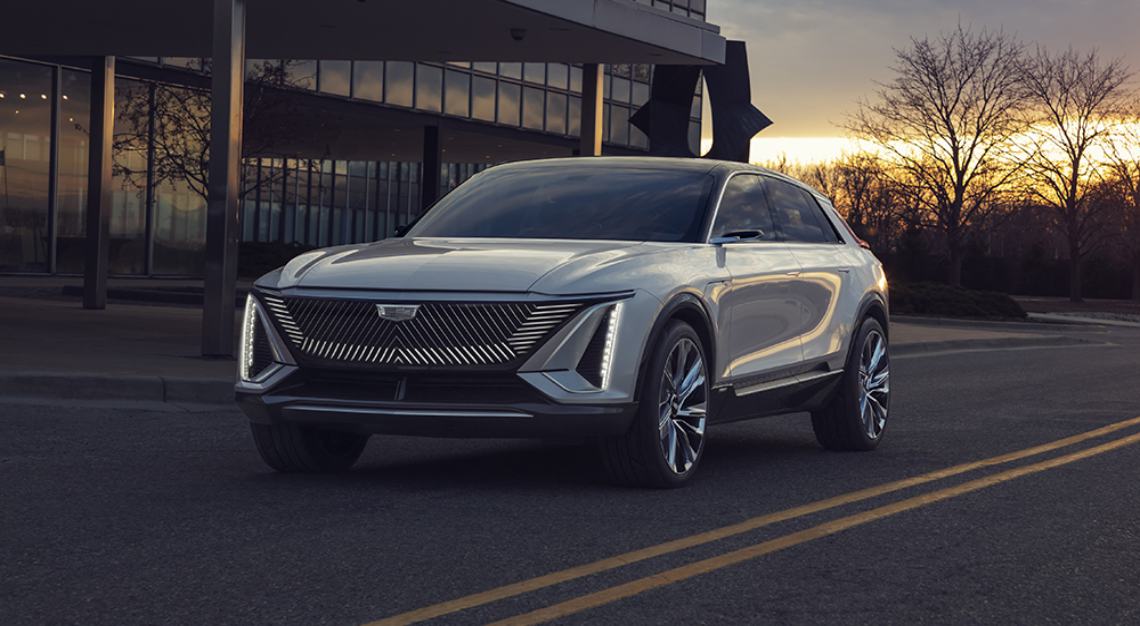
Cadillac Lyriq (2022)
The Hummer EV may be the most anticipated General Motors vehicle since the C8 Corvette, but don’t sleep on its battery-powered cousin, the Cadillac Lyriq. Like so many other automakers, the Detroit luxury marque is going with a crossover for its first EV. Set to go into production next year, the elegant SUV takes the brand’s recent design language and pushes it into the future, with a “dynamic” wide-set grille that includes an illuminated badge and bold LED headlamps. The vehicle also comes loaded with exciting tech, like a highly advanced driver’s assistance suite that even Edward Scissorhands’s son could drive.

Estrema Fulminea (2023)
Automobili Estrema – yes, the Italian word for “extreme” – isn’t taking the easy way out. The new Italian marque wasn’t content to just develop a supercar for its first vehicle; it decided to make one with a fully electric powertrain. Dubbed the Fulminea, the sporty coupe certainly looks the part thanks to a sleek and aerodynamic exterior that includes a rear wing with an integrated shark fin. It should be able to deliver the performance expected of its V12-packing peers, too, thanks to an innovative quad-motor powertrain that will deliver an eye-popping 2,040hp. Thanks to this, Estrema expects the car to be able to accelerate from zero to 300km/hr in less than 10 seconds. Oh, and it will be able to drive a solid 523 kilometres on a single charge.
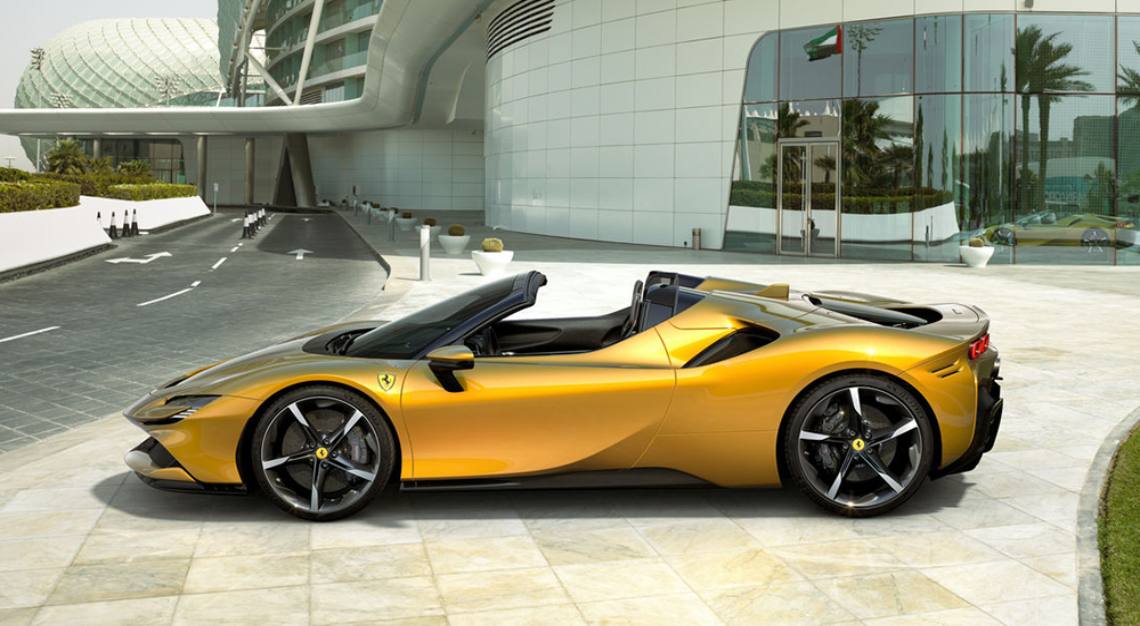
Ferrari unnamed EV (2025)
Not all automakers have embraced electrification as quickly as others. This is especially true of Ferrari. Though the company has achieved great results with hybrids – the SF90 Stradale (pictured above) is its most powerful vehicle – the Italian automaker has been decidedly fuzzy about when we could expect to see a Ferrari EV, if ever. Finally, earlier this year, chairman John Elkann, said we should expect the marque’s first entirely battery-powered vehicle by the middle of the decade. Will it be a sports car? Or maybe an SUV? (The company’s first, the Purosangue, is on pace to launch next year.) Who’s to say at this point. All we know is that an EV will eventually roll off the line in Maranello – and we can’t wait.
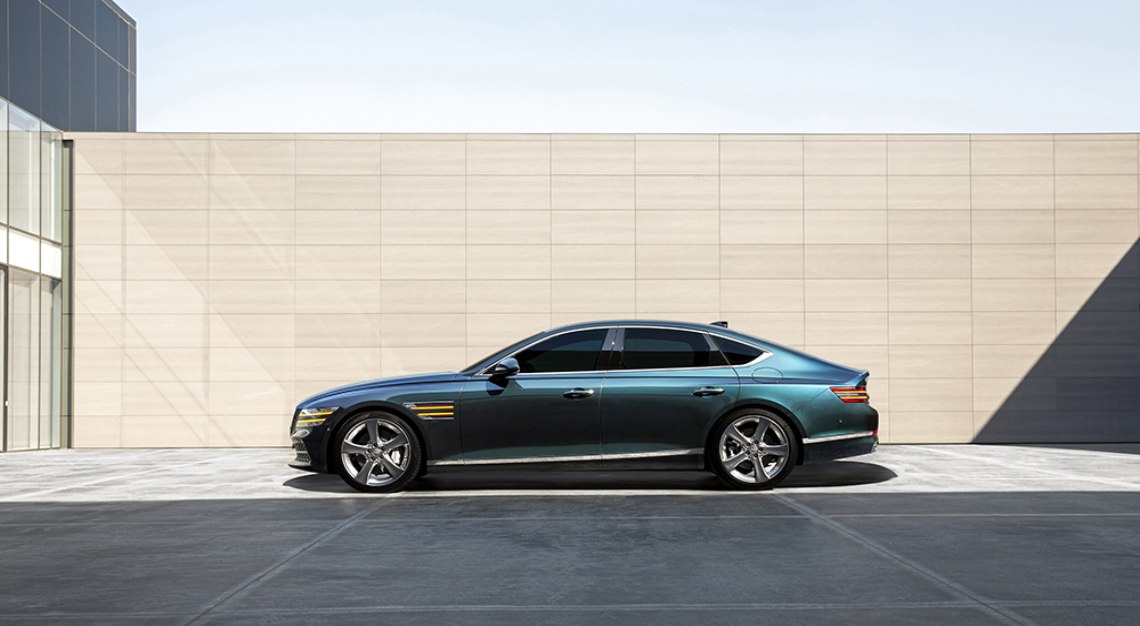
Genesis Electrified G80 (2023)
The luxury arm of Korean carmakers Hyundai, Genesis has built its reputation on a series of no-nonsense luxury vehicles that offer spirited performance, excellent craftsmanship and superlative dependability. Leading the way has been the G80 sedan, a sleek vehicle that mixes elegance and sportiness effortlessly. So, it makes sense that the brand would use the sophisticated sedan as the basis for its first EV. Set to debut later this year, the four-door will look just like the gas-powered version, only with a charging outlet. We’re still waiting on the final details, including pricing, but the all-electric sedan will feature a dual-motor powertrain, all-wheel drive and 380-plus kilometres of range.
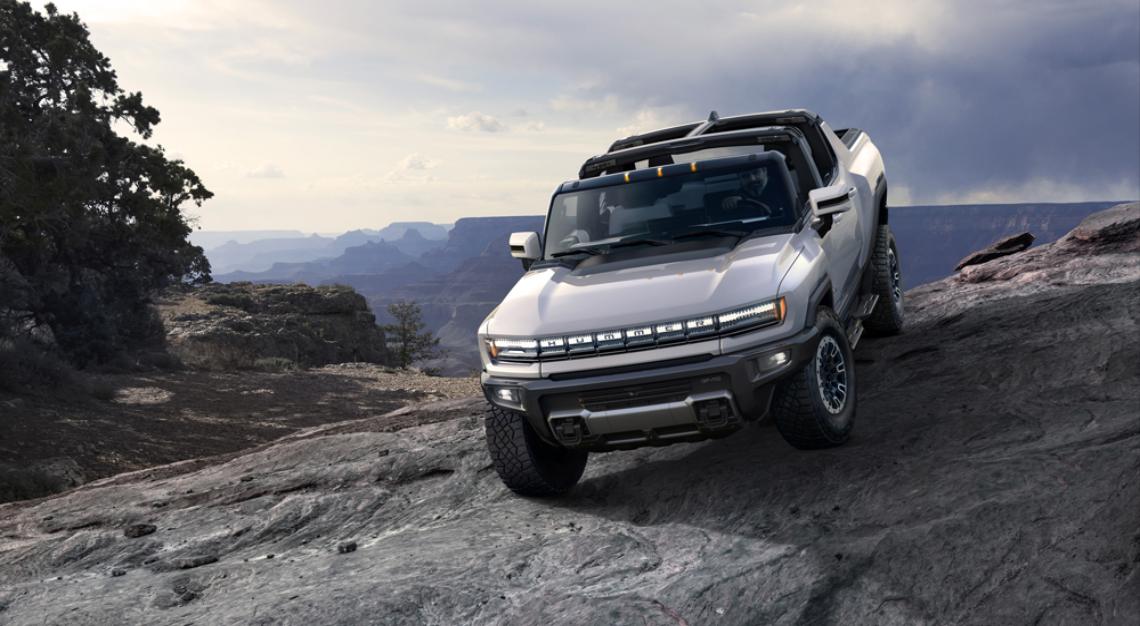
GMC Hummer EV SUV and Truck (2021 and 2023)
The great irony of General Motors’ first major EV is that it is based on the Hummer, one of the most notorious gas-guzzlers of all time. But that is in fact the nameplate the Detroit giant chose to electrify first and, to be quite frank, what a perfect choice. Available as either a supertruck or an SUV, the Hummer EV is the hulking behemoth you remember, only without any of the emissions. It doesn’t just look the part, as its tri-motor powertrain will be able to produce a staggering 1,000 hp while still being able to travel 560 kilometres on a single charge, thanks to GM’s Ultium battery tech. The battery-powered bruiser won’t come cheap – the truck Launch Edition will start at US$150,415 (S$202,501), the SUV at US$141,064 (S$189,912) – but sounds like it’ll be more than worth it.
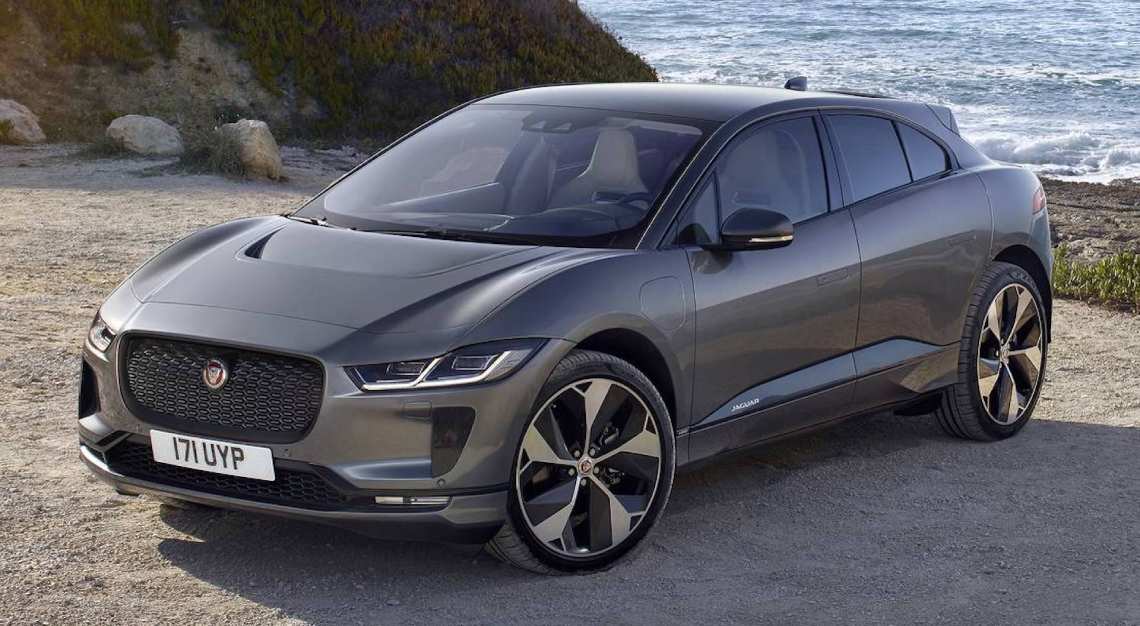
Jaguar’s whole line (2025)
It’s not uncommon for an automaker’s first EV to be a fully electrified version of one of its most popular models. Jaguar, though, isn’t just stopping at one vehicle; the marque has announced that its entire line will be fully electric by 2025. Indeed, that means the marque will no longer sell any vehicles with internal combustion engine or even hybrids powertrains in four years’ time. That’s a bold step, but the company seems confident it’s the right one. One thing to note, though, is that we don’t know what cars will be included as part of the electrified line, as none have been revealed yet. It’s not even clear if the brand’s first EV, the I-Pace crossover, will make the cut. Stay tuned.
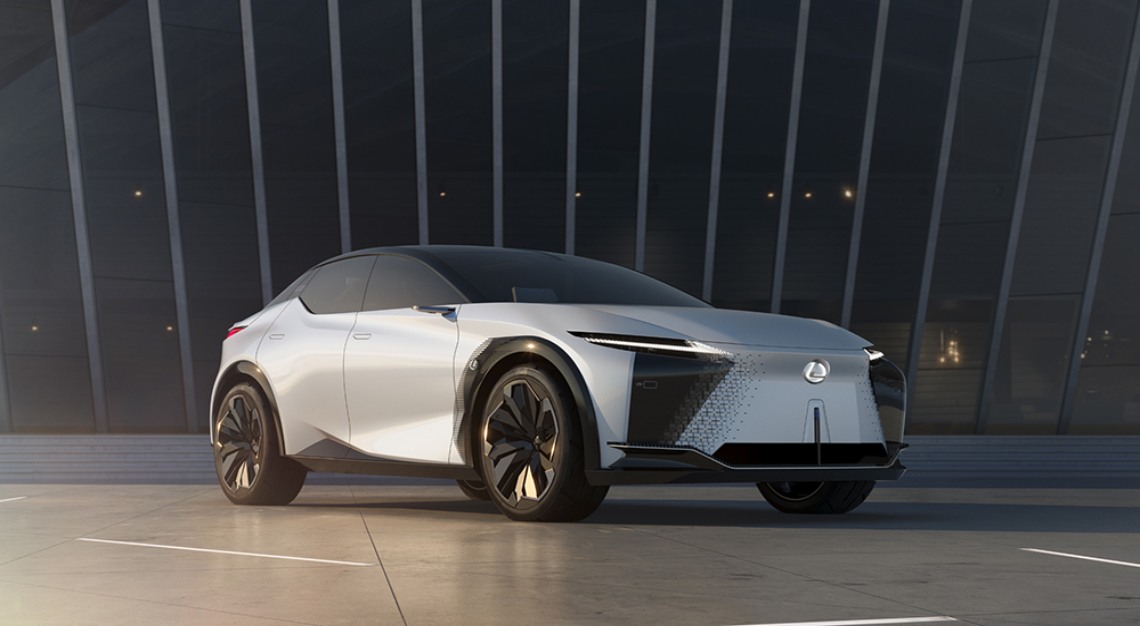
Lexus LF-Z (2022)
It’s rare to see concept cars make it to production. In fact, Lexus even warned people that the futuristic LF-Z Electrified wouldn’t make it past the prototype phase when it was unveiled this March. A little over two months later, the luxury marque pulled a hard U-turn and announced that it would actually make a production version of the futuristic crossover that will arrive in late summer or early fall 2022. That’s about all we know, though, other than the fact that the car will have an all-electric drivetrain. Let’s keep our fingers crossed that some of its more intriguing features – an electrochromic glass roof, AI-powered infotainment suite and “Direct4” all-wheel-drive system – also make it to production.
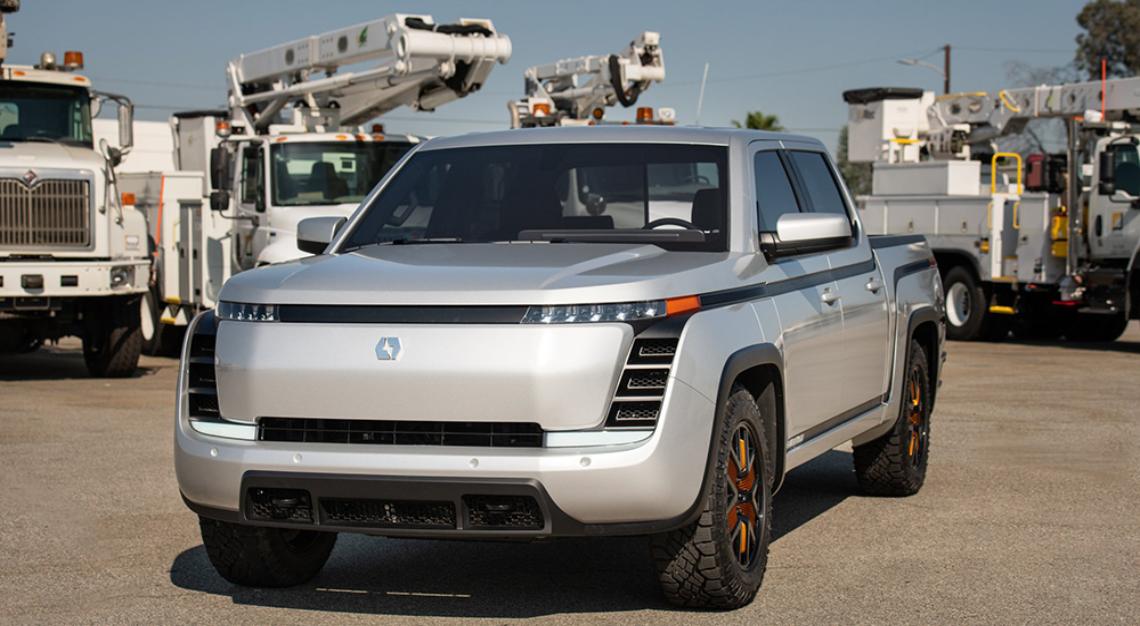
Lordstown Motors Endurance (2021)
Think the Tesla Cybertruck is too much? Well, for all the excitement it has garnered you’re certainly not alone. Luckily for you, Lordstown’s electric truck is meant for traditionalists. It may not be much to look at, but the Endurance, which starts at US$70,145 (S$94,435), promises to include everything enthusiasts could want from a pickup – strength, dependability and lots of power. Set to arrive later this year, the electric truck will have a brawny quad-motor powertrain and 400 kilometres of range if the company is to be believed. Unfortunately for the EV maker, which is based out of a former GM plant in Lordstown, Ohio, it’s unclear whether the company has the money to deliver on what it’s promised.
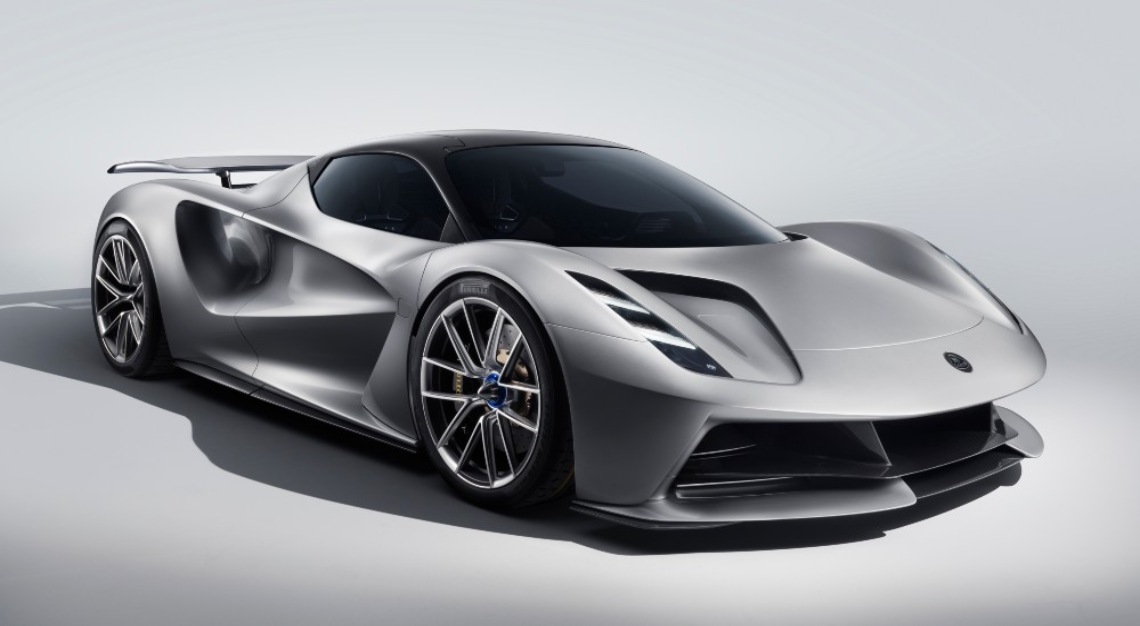
The Lotus name doesn’t carry the weight it once did, but its first EV could change that. That’s because the Evija could be one of the most powerful production vehicles of all time. The British marque has promised a futuristic hypercar with an all-electric powertrain capable of producing a mind-blowing 2,000 horses. That powertrain will supposedly be able to deliver a sub-three seconds zero to 100km/hr time. It will also rocket the EV from zero to 300km/hr in nine seconds and help it reach a top speed in over 322km/hr. Jaw-dropping stuff, right? It’s got a price tag to match, as the cost of owning your own Evija is expected to start at US$2.9 million (S$3.9 million) when it goes on sale later this year.
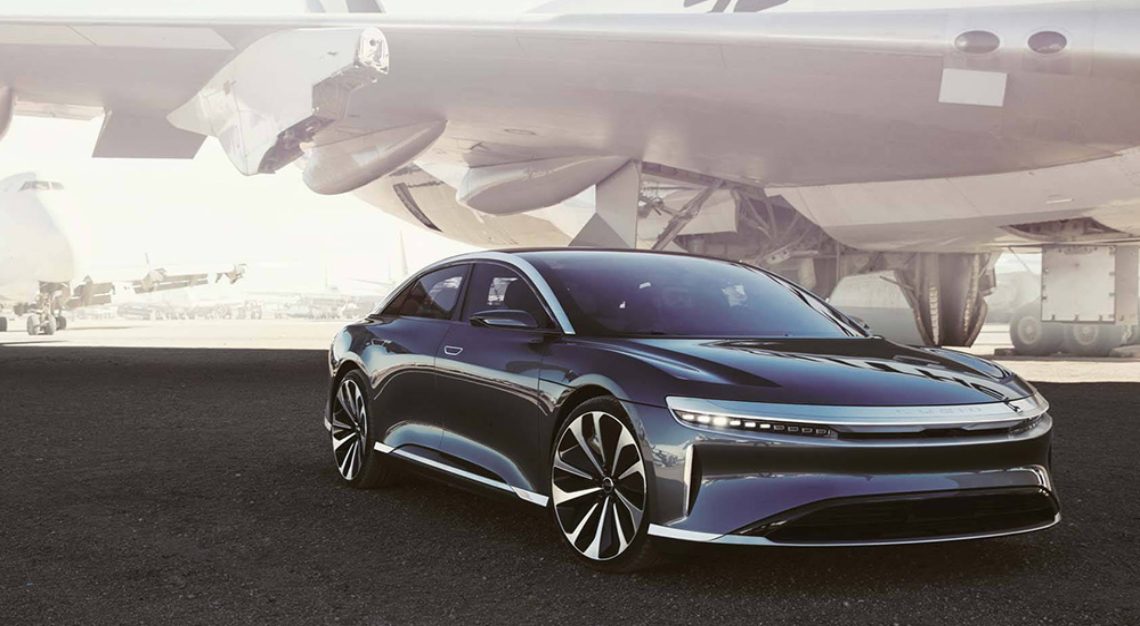
Lucid Air (2021)
Tesla may have its fair share of skeptics, but there’s no denying the company makes some of the best and most popular EVs on the market. That might explain why Lucid hasn’t hidden its desire to take on Elon Musk’s company. Its first EV, the US$187,000 (S$251,754) Air, feels like a direct shot at the EV giant’s Model S. And if the startup, which is composed of a bunch of former Tesla employees, can deliver what it has promised – 1,080 horses, zero to 100km/hr in less than 2.5 seconds and record-setting 832 kilometres of range – it just may just have a chance to knock the Model S from its perch as the premier electric sedan currently on the market.

Mercedes-Benz EQS (2021)
Mercedes-Benz, like Audi and BMW, its German peers, is fully committed to the electric revolution. Like those two luxury marques, Mercedes has launched EQ, its very own electric line. The line, which first launched in 2019, will eventually include compacts, sedans, crossovers and SUVs, including the G-Wagen. The brand’s most intriguing EV, though, is the US$128,000 (S$172,324) EQS. The battery-powered version of the stately S-Class will become the line’s flagship when its released later this year, and has all the features you’d expect from the marque, including a plush and decidedly high-tech interior, a sleek exterior, over 500 hp and 482 kilometres of range.
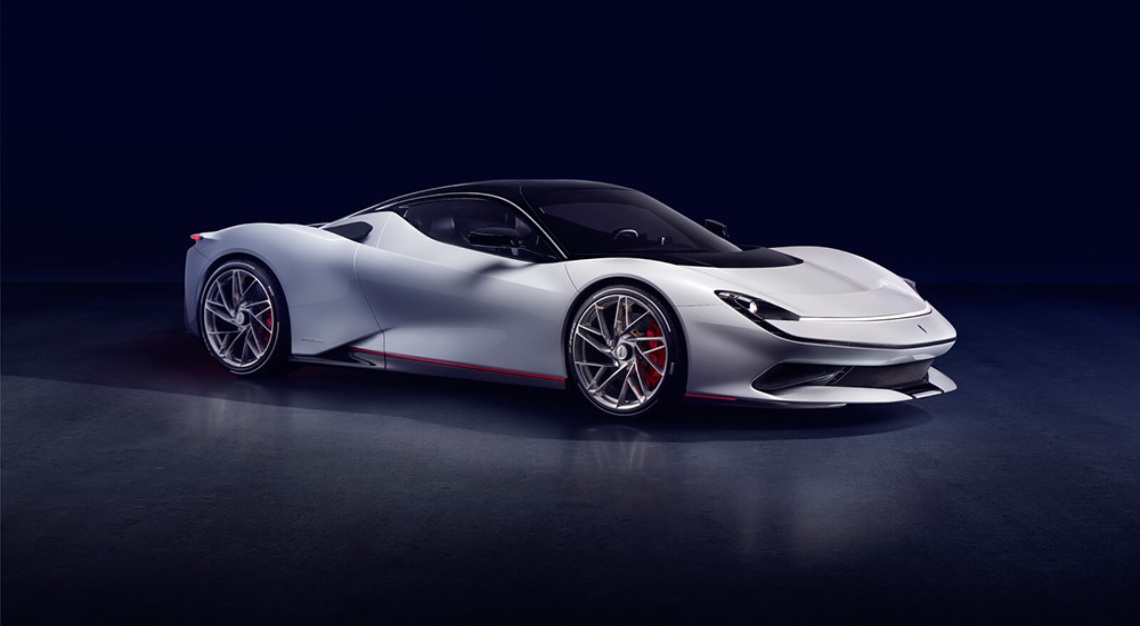
Pininfarina Battista (2021)
Pininfarina’s design chops are legendary among car lovers. The famed coachbuilder looks ready to do more than just design a beautiful hypercar, though. For its next project, the Italian brand is building its very own hypercar from the ground up. Although almost all of its famous creations features an internal combustion engine under the hood, the Battista will feature a fully electric setup. Powered by a 120 kwh battery back, that powertrain is expected to product a monstrous 1,900hp and 2,300Nm of torque. An all-electric hypercar with a Pininfarina body won’t come cheap, though. Pricing for the stylish EV is expected to start at US$3.34 million (S$4.5 million).

Porsche Macan EV (2023)
Porsche has already proven that it can make an EV. The Taycan sedan, which made its debut in the fall of 2019, is still one of the best you can buy, combining luxury and performance in equal measure (even if its range leaves a little to be desired). That’s why we’re so interested in the Maycan EV, its next all-electric vehicle. Even though it’s not an entirely original vehicle, unlike the Taycan, we’re curious to see if the German marque can do for battery-powered SUVs what it has for zero-emission cars. If you’re still hung up on the Taycan – and, if so, who can blame you – there will soon be another version to choose from, too: the Taycan Cross Turismo sports wagon.
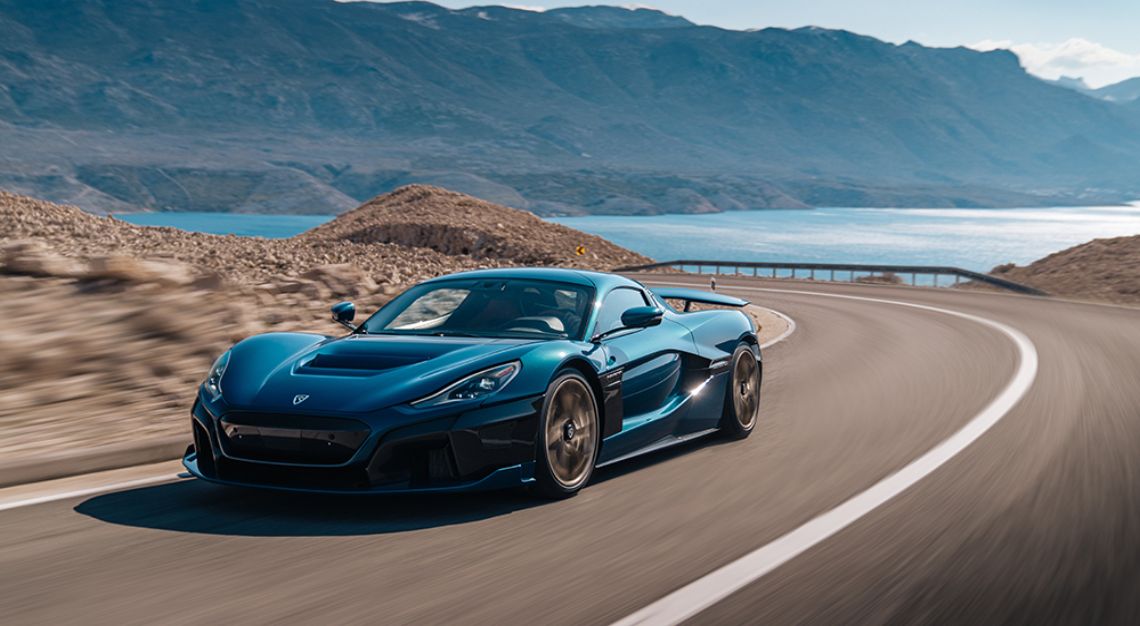
Rimac Nevera (2021)
For some, it’s hard to take the idea of the all-electric hypercar all that seriously. It sounds amazing, of course, but can any automakers actually deliver on what they’re promising? The one that seems closest, from our vantage point, is Rimac. Although they may not have the name recognition of a brand like Lotus, Rimac’s Nevera is easily the farthest along in development. Set to go into production later this year, the final version of the Croatian company’s C_Two concept will feature a quad-motor powertrain that produces a staggering 1,914 hp and 2,359Nm of torque, or three times the power of a traditional internal-combustion engine supercar. Thanks to this setup, the US$3.2 million (S$4.31 million) car can jet from a rolling start to 100km/hr in 1.97 seconds, hit a top speed of 402km/hr and travel 547 kilometres on a single charge. Electric clearly doesn’t mean slow.
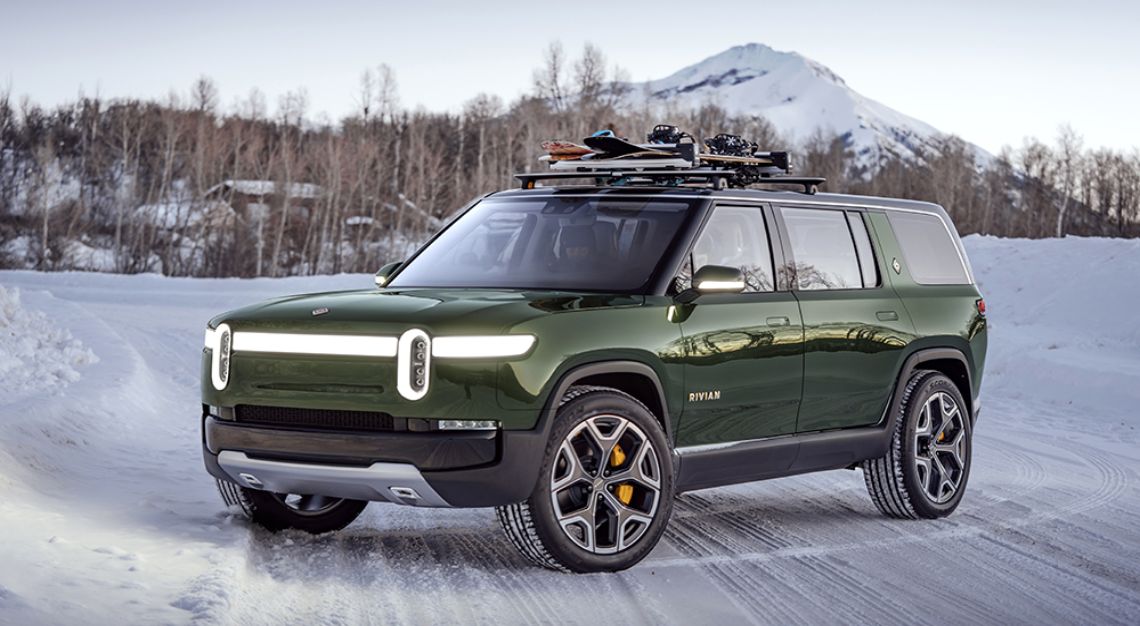
Rivian R1T and R1S (2021)
There may not be a single electric pickup truck on the road today, but in a year’s time, that will have almost certainly changed. And looking to lead to pack is Rivian. The company may not have a built-in fanbase like the Ford F-150 Lightning and definitely isn’t as meme-friendly as the Tesla Cybertruck, but the brand’s pickup, the US$90,000 (S$121,165) R1T, sure looks mighty promising. Standard features include all-wheel drive, a 11,000-pound towing capacity and an advanced driver’s assistance suite. You can also choose between two different battery packs that offer between 482 and 643 miles of range. The brand even has you covered if you’re not a truck person, with the US$93,536 (S$125,926) R1S SUV, although it trades 4,000 pounds of towing capacity for an extra row of seats.
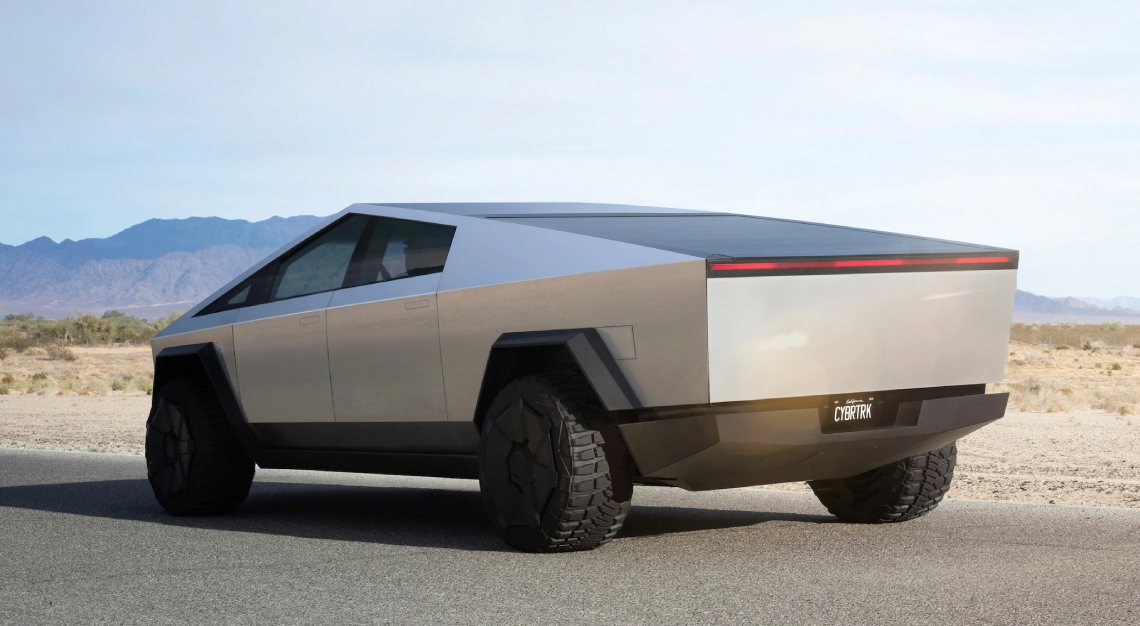
Tesla Cybertruck (2022)
Tesla has done more to change the auto industry this century than any automaker that’s decades its senior. Still, since the Model S launched in 2012, there hasn’t been as much new excitement for its line of EVs – that is, until the Cybertruck. The all-electric pickup, which seems like something of a personal obsession for CEO Elon Musk, just may be the most eagerly anticipated car in the world – and with good reason. Aside from looking like no vehicle before it, Tesla has also promised the Cybertruck will be able to zoom from zero to 96km/hr in less than three seconds, tow 6,350 kilograms and go 805 kilometres on a single charge. If the Cybertruck doesn’t appeal to you – which it very well might not – there’s also the Roadster to look forward to. But considering how frequently that’s been delayed, it may be even more of a pipe dream than its pickup sibling.
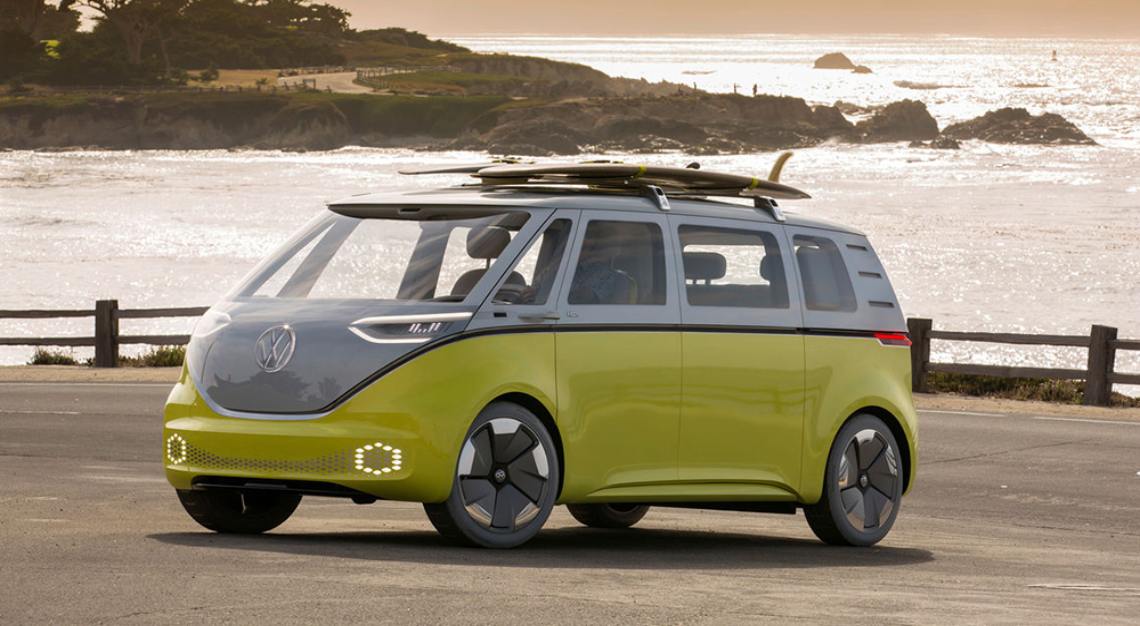
Volkswagen ID Buzz (2023)
We know, we know. The VW Microbus isn’t a luxury sedan or plush SUV. What it is, though, is the sort of vehicle that just brings a smile to your face. Because of that, it’s no surprise that Volkswagen plans to give its beloved, iconic bus the EV treatment in 2023. Dubbed the ID Buzz – there’s still time to come up with a better name, Volkswagen – the next-generation Microbus looks to deliver more than just some eco-friendly nostalgia. First, VW will offer it with two different wheelbase sizes, giving it more versatility than before, and it will be able to produce up to 300 hp, making it more powerful as well. No word on the EV bus’s range yet, but if it comes in north of 483 kilometres, we may just have a keeper on our hands.
This story was first published on Robb Report US
